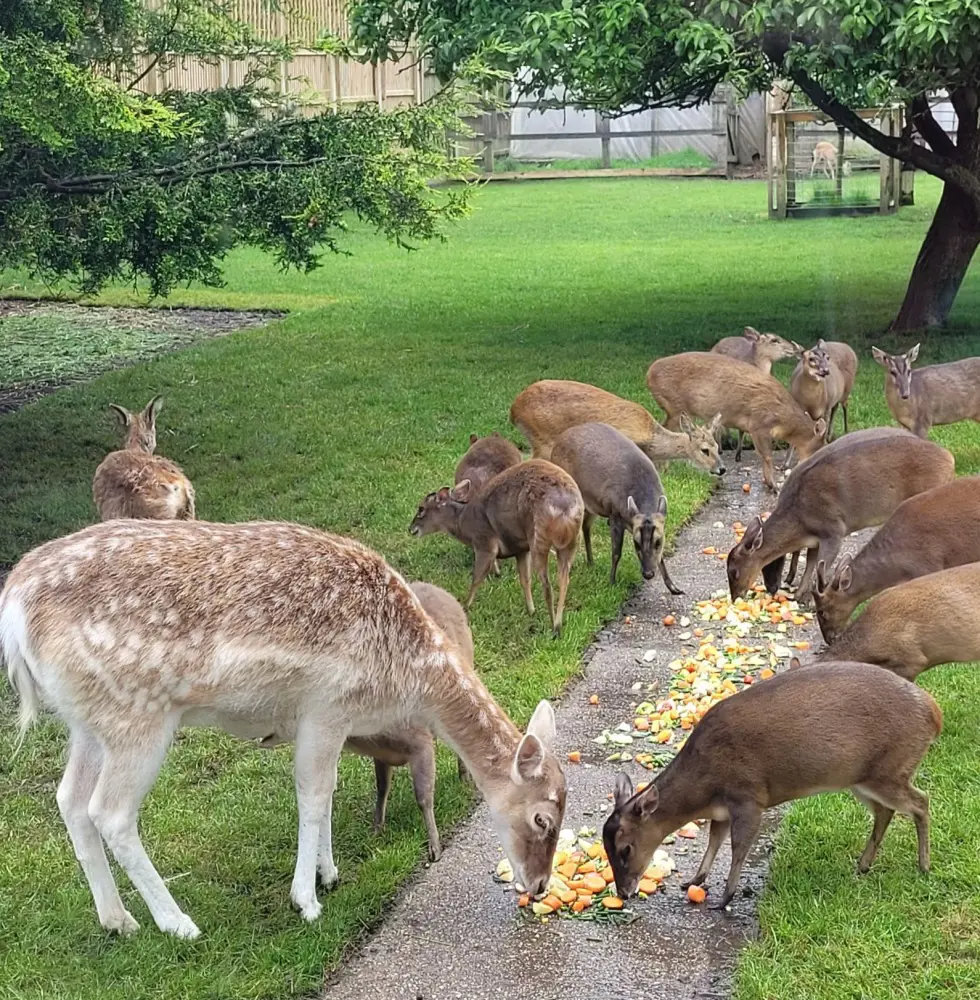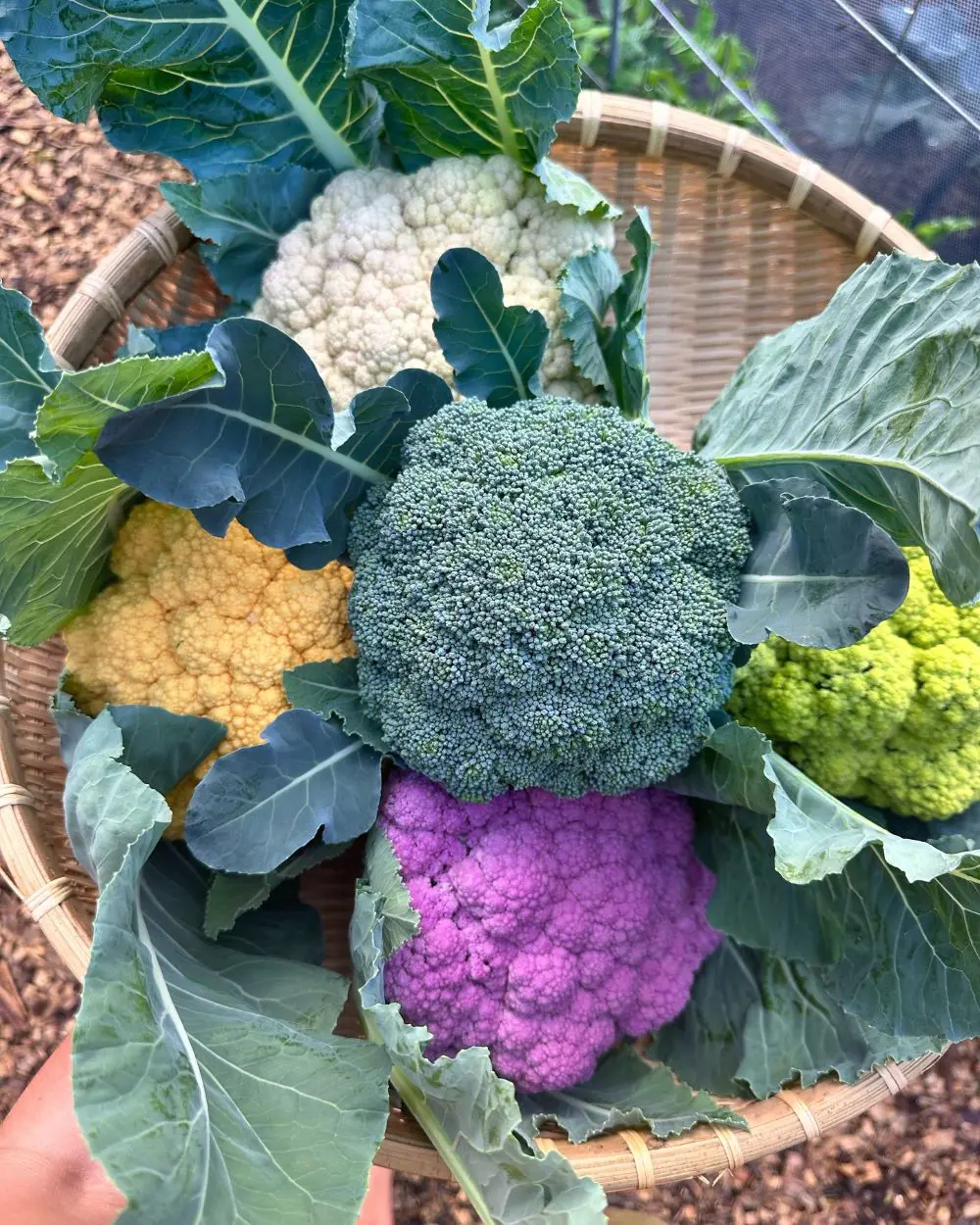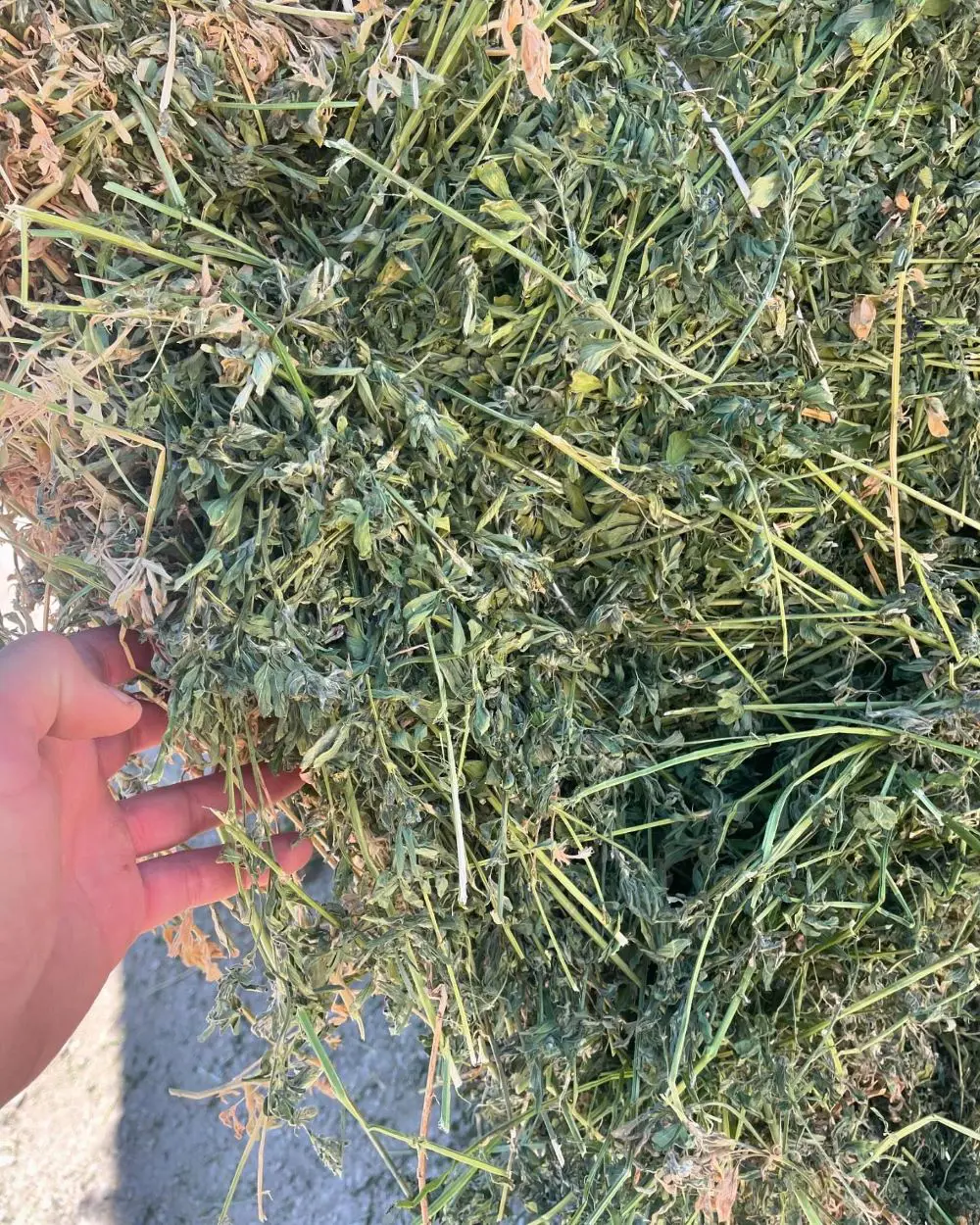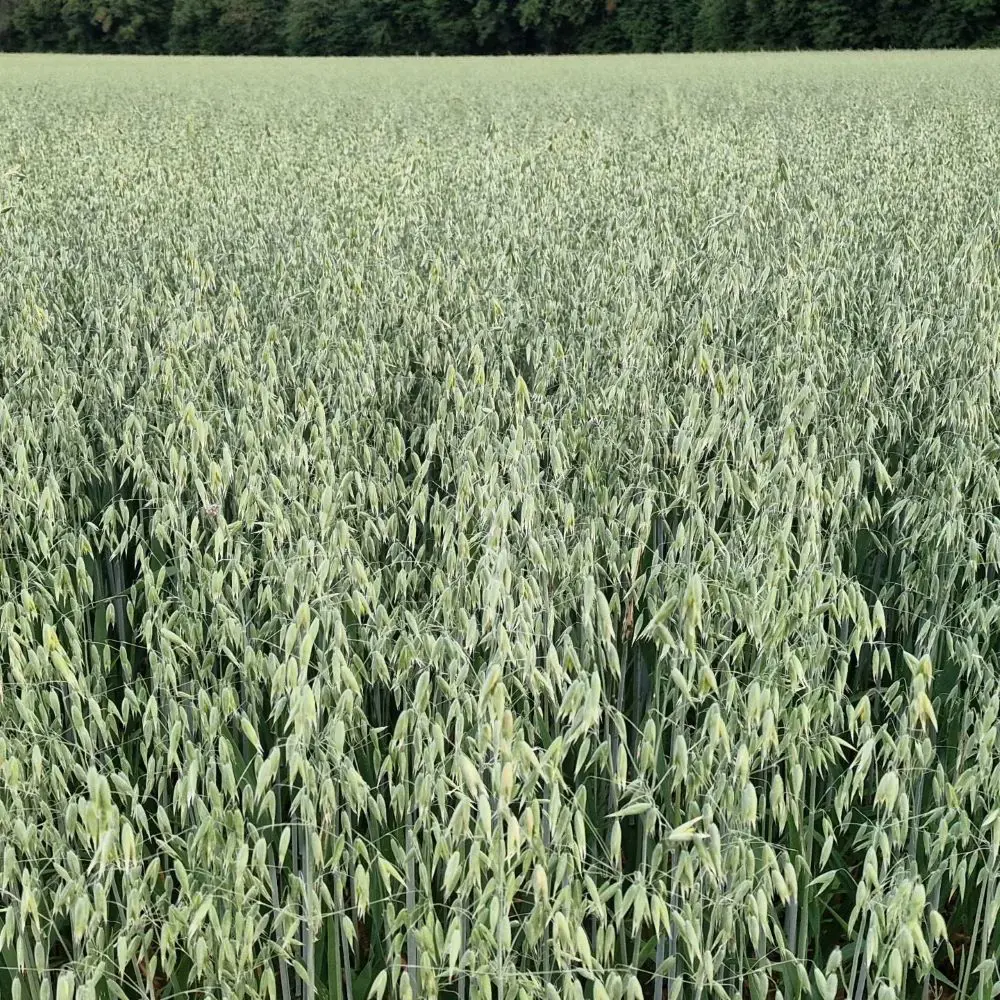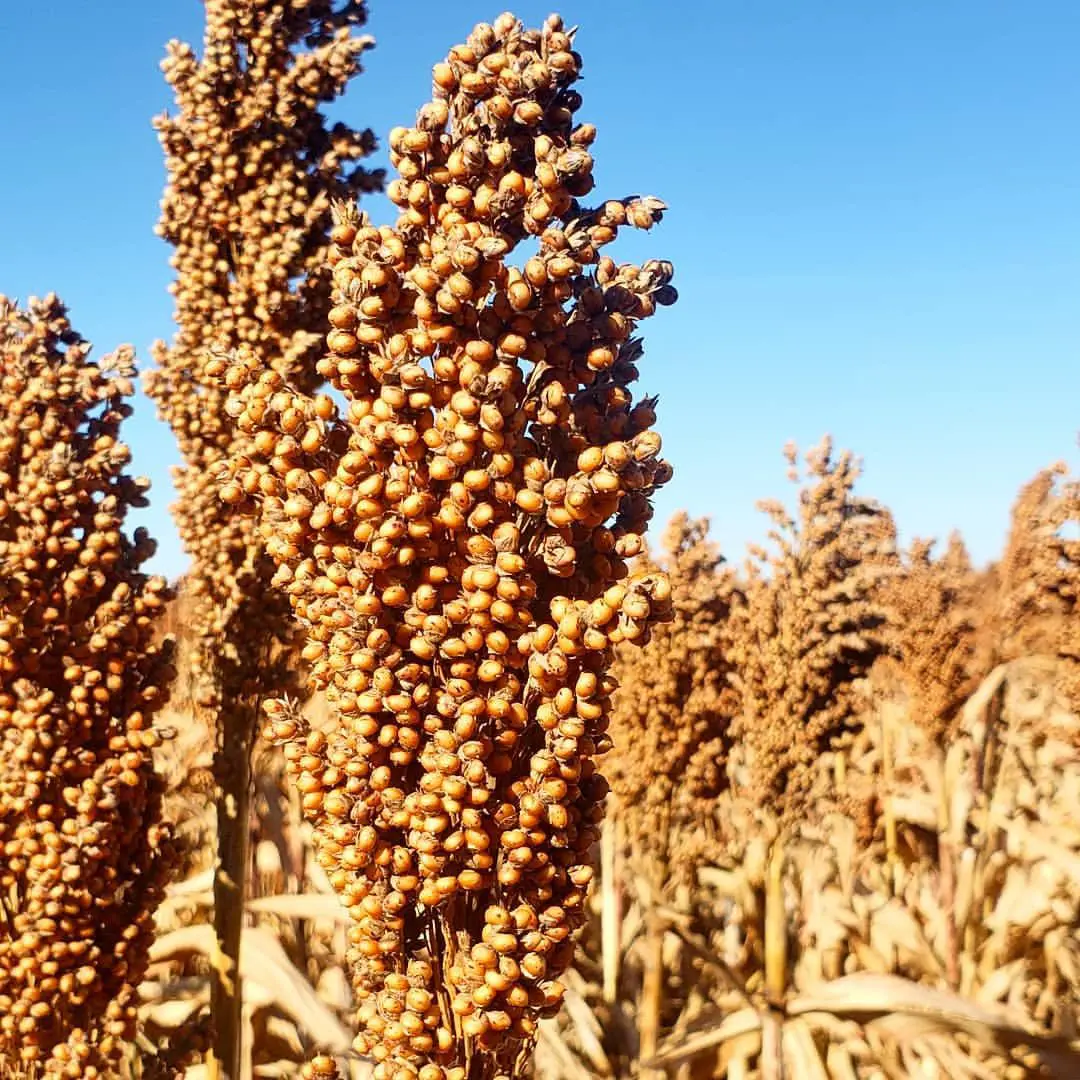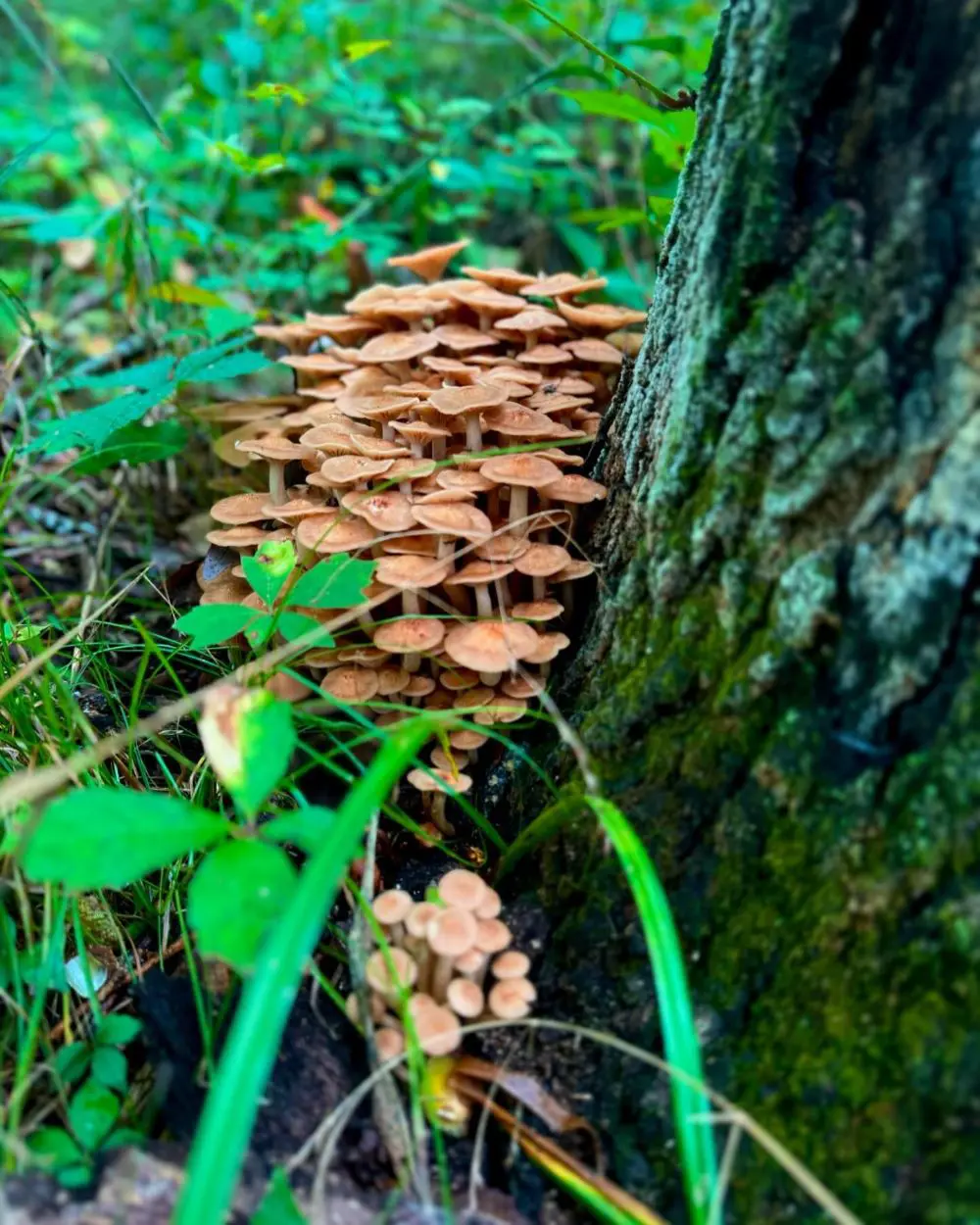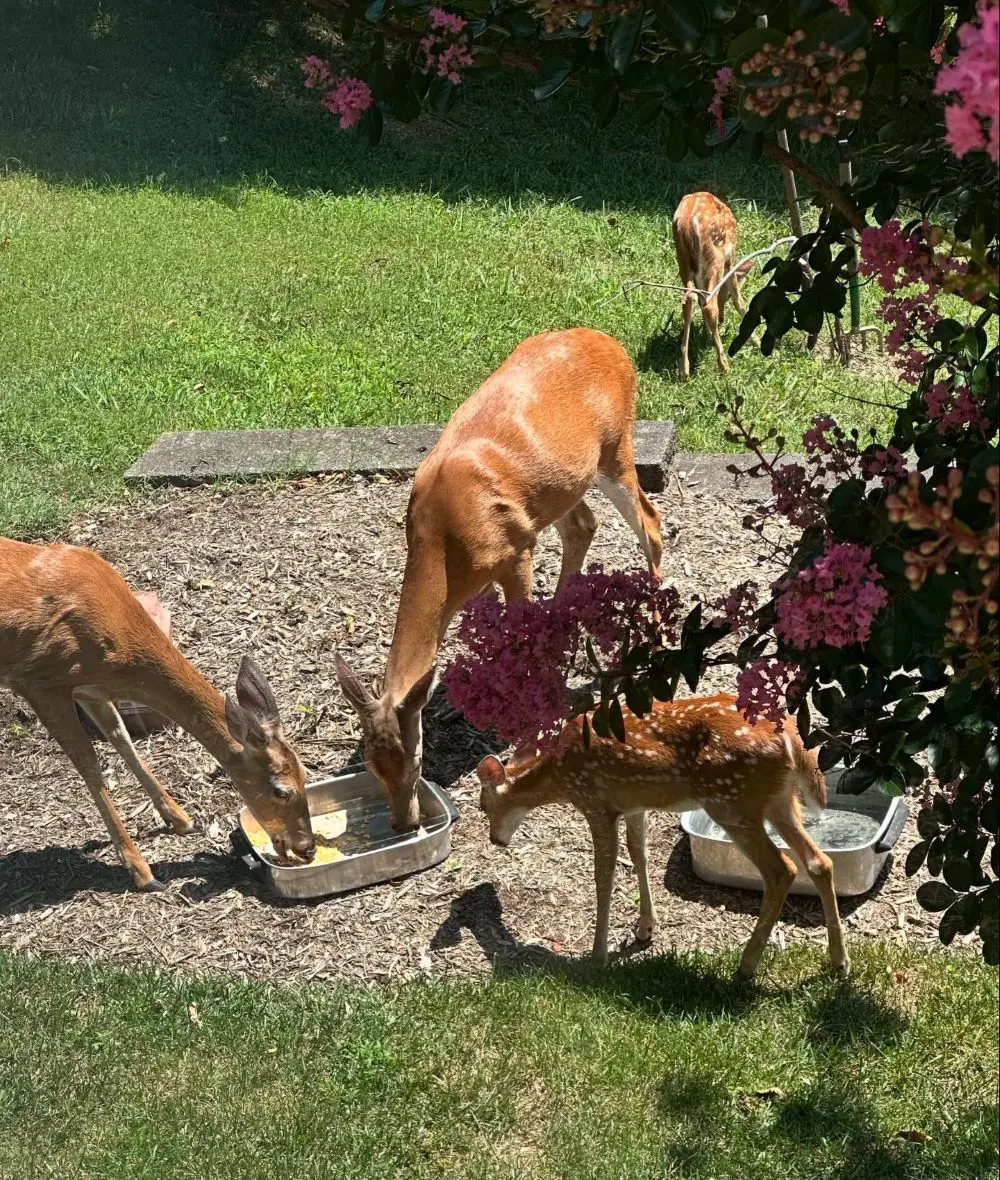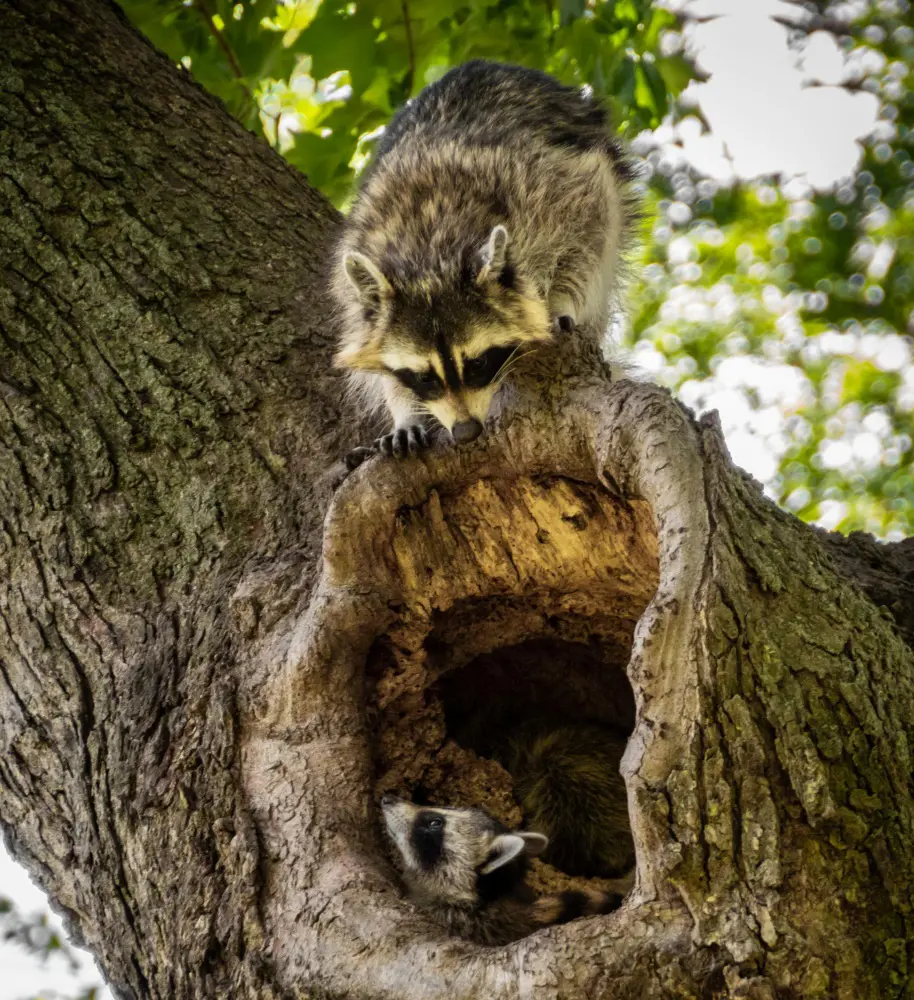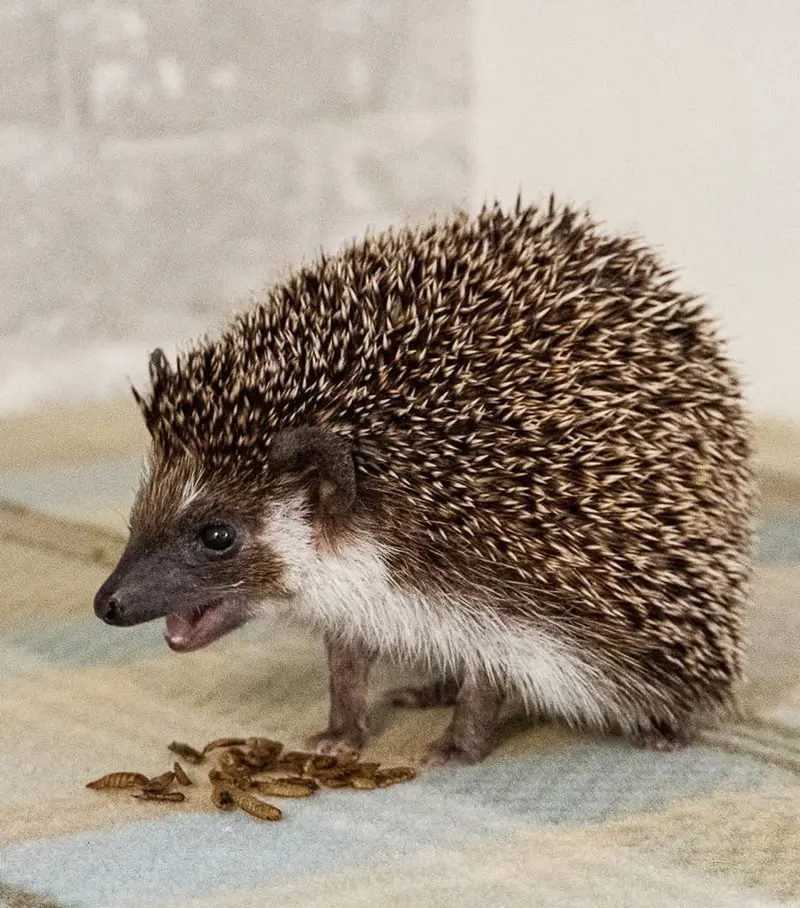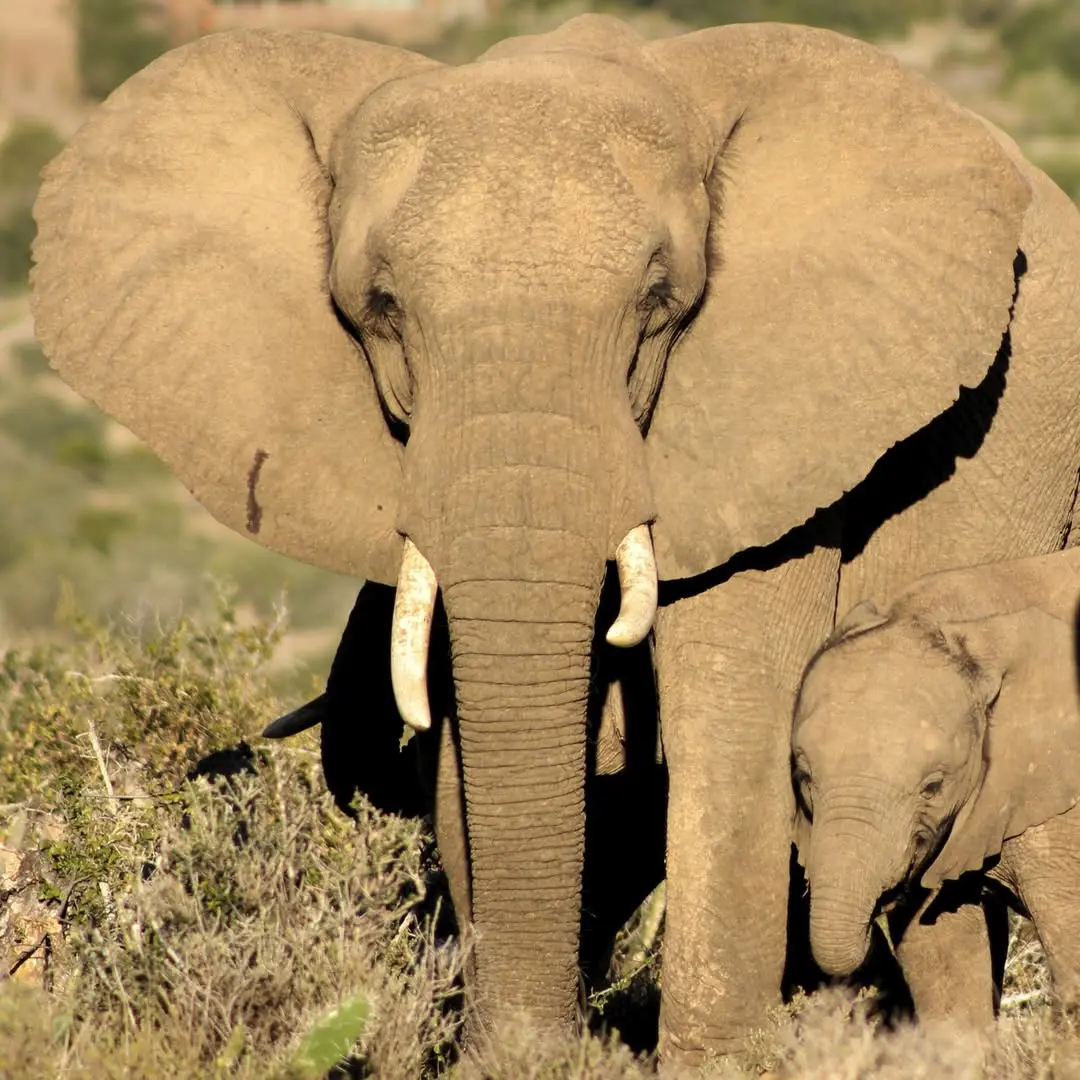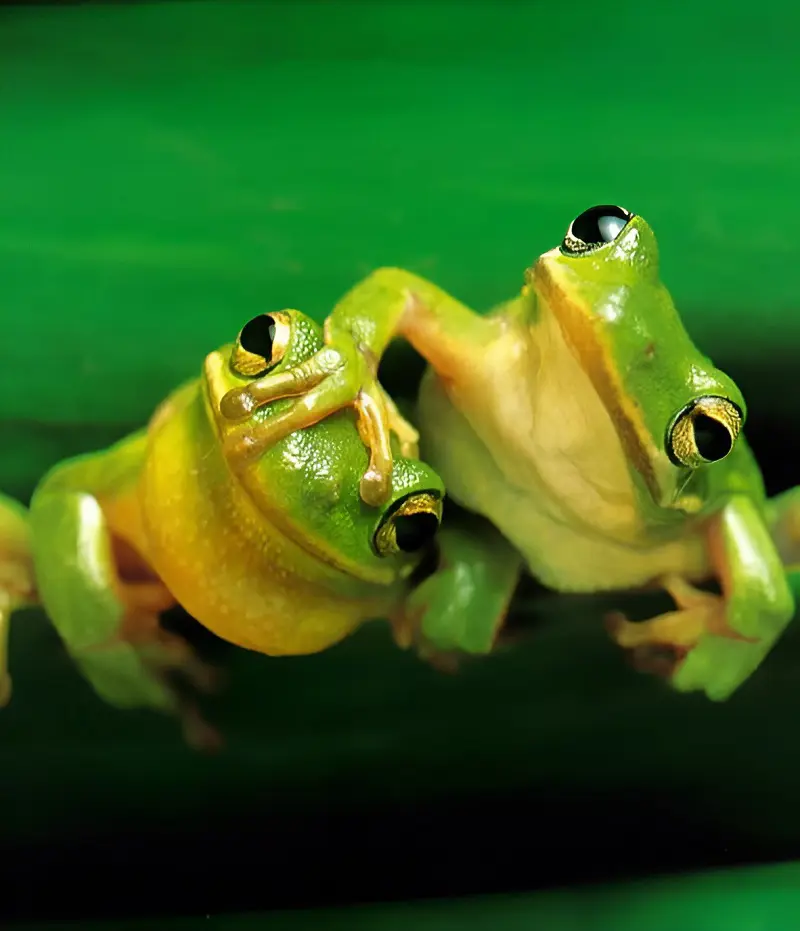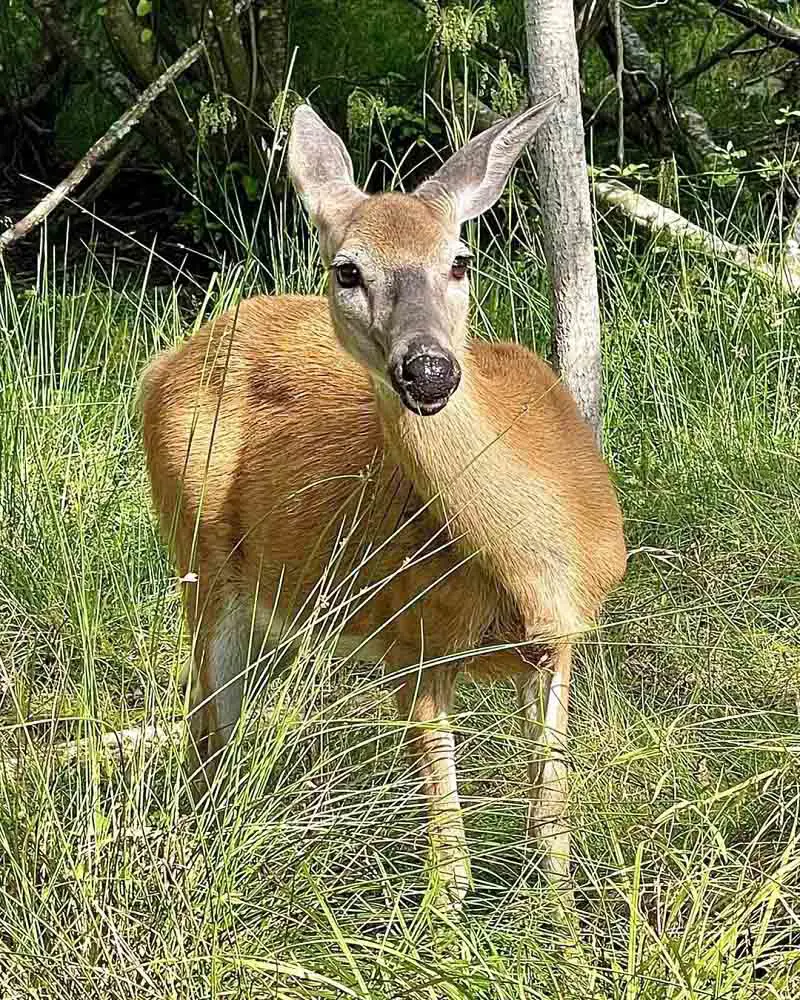Spicy Plants
Deer rarely eat spicy plants, such as those that contain capsaicin, which is present in hot peppers. Deer generally prefer softer foods, so strong, spicy flavor turns them off.
Highly Aromatic Herbs
Plants highly aromatic, like garlic, mint, and sage, are usually avoided by deer. This natural aversion can be employed in gardens as a deterrent to deer and helps shield these aromatic plants from deer browsing.
Root Vegetables
Deer will avoid root vegetables because they need to dig out the tubers. They are lazy to dig it out, but that is if there are no other food sources available. During food scarcity, they have been known to dig out carrots when they are hungry,
Also, they will feed on the top foliage of these vegetables, like carrot tops, beet tops, and radish tops, but not all of them. They avoid potato tops.
Toxic Plants
The definition of toxic is very different for deer. Deer avoid some of our favorite food and flowers because they will meet a worse fate. They can detect their poison by smelling the plants.
Some examples include vegetables in the nightshade family, like peppers, potatoes, eggplant, and tomatoes. Other common houseplants include daffodils, azaleas, irises, and rhododendrons.
Plants with Fuzzy Foilage
Will you ever put a cotton or something similar in your mouth? Probably not. The same goes for deer as well.
They will not eat plants with foliage covered in fuzzy, scratchy, or prickly hair. Some plants with fuzzy foliage are heartleaf brunnera, lamb’s ear, wormwood, coleus, and viburnum.
